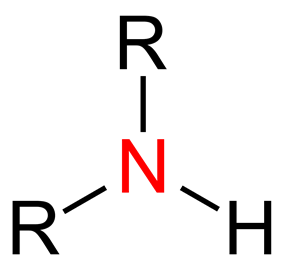56-05-3
2-Amino-4,6-dichloropyrimidine
- 2-Amino-4,6-dichloropyrimidine
- 56-05-3
- 4,6-dichloropyrimidin-2-amine
- 4,6-Dichloro-2-pyrimidinamine
- 4,6-Dichloropyrimidin-2-ylamine
Get a free no-obligation quote
We typically respond within 30 minutes during business hours!
Related Article(s)
Chloromethyl: compounds, synthesis and safetyJun 11, 2023

In the field of organic chemistry, a functional group known as the chloromethyl group (CH2Cl) can be found. In the formula for the methyl group (CH3), one hydrogen atom was replaced with a chlorine atom, which resulted in the creation of a new chemical entity that was subsequently given a new name.
Chlorides: Structure, primary types and applicationsAug 5, 2022

Chlorides are the negatively charged ions formed by chlorine (Cl-). To this end, chlorides are widely defined as any material containing chlorine. This category includes chlorine salts and acids such as hydrochloric acid.
Amines: Synthesis, classification, biochemical significance, applications and hazardsJul 18, 2022

Amines are the compounds that have nitrogen atoms with a lone pair. They are either gaseous when they are at room temperature or vaporized when they are heated quickly. They have a fishy smell at low molecular weight.
Chlorobenzene: Synthesis, applications and safety hazardsJun 22, 2022

Chlorobenzene is an aromatic organic compound with the chemical formula C6H5Cl. It is a flammable liquid that has a clear appearance and smells like almonds to some extent.it is soluble in water but at a lower temperature.
